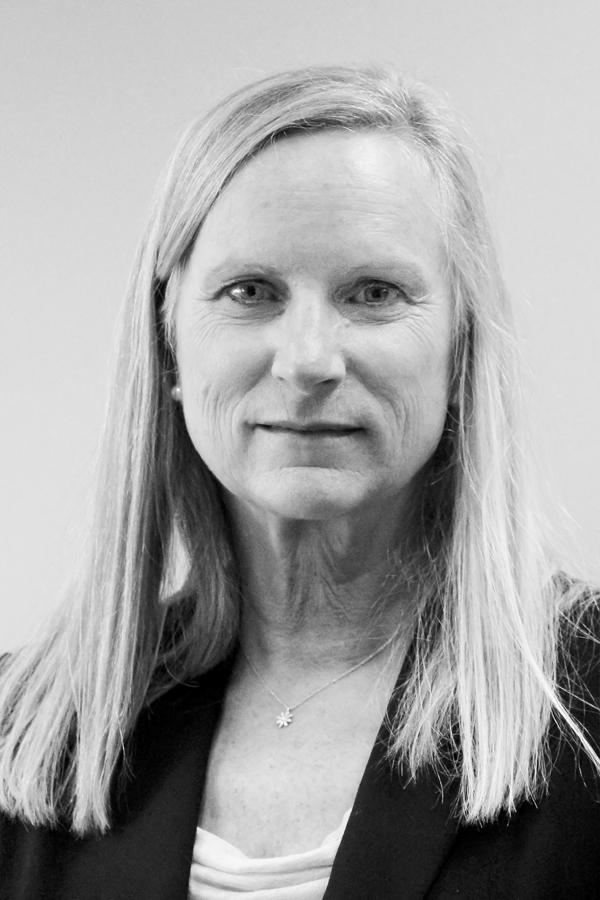
“I love the people,” Nancy Shepherd, the newly elected mayor of Palo Alto, says.
On the 7th floor of Palo Alto City Hall, Shepherd gazes out of a large window overlooking the city. Shepherd acknowledges the difficult task that is set before her.
Having been a part of Palo Alto community service since the ’90s, Shepherd made her political debut running for city council in 2009. All of her children went through the Palo Alto Unified School District, and her daughter, Rachael Kaci, is a Special Education teacher here at Paly. After being elected on Jan. 6 of this year, Shepherd is now the mayor of Palo Alto.
“I find [Palo Alto] a very compelling and a great place to live,” Shepherd says. “That’s why one of my goals this year is to reach out to the community … to allow them to relax. We hear you.”
Shepherd acknowledges the divide that is growing in Palo Alto between those who want to see it grow due to it’s thriving technological advances and those who wish to see white picket fences and mom-and-pop shops versus a booming tech industry. For Shepherd, attempting to balance these polar characteristics is one of the more difficult aspects of being mayor.
“People who are drawn to Palo Alto as a place to live love supporting innovative sustainability opportunities, the proximity between work and home life, a good educational experience at all levels and primarily the opportunities of having a high-quality of home life in the middle of a high-quality cultural experience,” Shepherd says.
One of Shepherd’s objectives is to set policy that effectively addresses California state regulations. Shepherd explains why the City Council’s decisions may appear to be inconsiderate of the people’s desires.
“We have to do state regulations, and this year we’re going to be doing stuff that the community is going to hate,” says Shepherd. “There is a lot of state regulation that is complicated and yet if we don’t comply it will devastate our community worse than if we ignored it.”
Additionally, Shepherd is focusing her efforts on the traffic and parking situation in Palo Alto. With clogged streets, Shepherd hopes to clear the way for more bikers and improve public transportation.
“My primary interests are moving forward with traffic and parking issues in neighborhoods next to our downtown communities,” Shepherd says. “This will be accomplished using strategies which support other Palo Alto goals like sustainability and reducing greenhouse gases because the city hopes to implement new shuttles, parking privileges for car-poolers, and support for public transit commuters.”
Shepherd wants to extend the discussion to the community. In doing this she hopes to dispel tensions between the city council and the citizens.
“I would like to try to reach out to the community to make sure that we can become more personable, so that we can have a shared understanding of what’s going on, instead of a ‘us vs. them’ type of a setting, which some like to think we have right now,” Shepherd says.
At the end of the day Shepherd wants to make Palo Alto a better place and to do so collaboratively.
“I think there’s a lot that the mayor does, but the work really falls on everybody else,” Shepherd says. “It’s just: how can we share this vision and move it forward? … It’s a privilege to serve on this council, it’s a privilege to serve this community.”
Though she expresses obvious passion for Palo Alto Shepherd’s story starts in Mill Valley, Marin County. Shepherd grew up in Mill Valley during the time when it was getting built up in the ’60-’70s.
In this time of city building along the West Coast, California was taking crucial steps to be culturally more equal to African Americans.
“I attended an interracial high school during the civil rights movement,” Shepherd says. “It was an exciting time, and I learned a lot about social justice and equity.”
While in high school, Shepherd was athletic and almost represented America in the Olympics.
“I was a competitive swimmer and worked hard to make the 1968 Olympic trials in 100 yards freestyle, which I missed by about a second,” Shepherd says. “I spent a lot of time hiking the trails of Mt. Tam with my family and biking all over the south Marin area.”
When Shepherd finally moved to the Palo Alto she became a part of the community service scene. She also was a part of Palo Altans for Government effectiveness.
“I started my volunteer career as an adult, working in the public schools, primarily,” Shepherd says. “2000 to 2002 I was PTA council president, so I got to work with all of the schools.”
Now that she has gone from community servicewoman to mayor, Shepherd’s workload has increased tremendously. Shepherd finds breaks from her job as mayor through physical activity and spending time with her family.
“I like taking walks and reminding myself what this is all about,” Shepherd says. “Playing with my grandchildren, that sort of thing.”
Kaci, Special Education teacher here at Paly and daughter of Shepherd, speaks about her mother’s achievements in being elected mayor.
“I’m proud my mother takes her civic responsibility with grace and dignity,” Kaci says. “Life in the public eye is both time-consuming and thankless, but she has learned to take all hardships in stride and continues to be a great role model for me, my siblings, cousins, niece and nephew.”
After completing her mayoral term, Shepherd’s plans for the future are to return to the community service scene and continue to give back to Palo Alto. Shepherd’s dreams are to reinvent the way education gets delivered through the state of California. For now though Shepherd’s goals are keenly set on the task before her.
“My goals right now are to be the best mayor I can, [and] be the best city council member I can,” Shepherd says.




